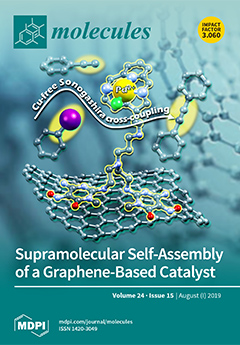Diabetic kidney disease develops in approximately 40% of diabetic patients and is a major cause of chronic kidney diseases (CKD) and end stage kidney disease (ESKD) worldwide. Hydrogen sulfide (H
2S), the third gasotransmitter after nitric oxide (NO) and carbon monoxide (CO),
[...] Read more.
Diabetic kidney disease develops in approximately 40% of diabetic patients and is a major cause of chronic kidney diseases (CKD) and end stage kidney disease (ESKD) worldwide. Hydrogen sulfide (H
2S), the third gasotransmitter after nitric oxide (NO) and carbon monoxide (CO), is synthesized in nearly all organs, including the kidney. Though studies on H
2S regulation of renal physiology and pathophysiology are still in its infancy, emerging evidence shows that H
2S production by renal cells is reduced under disease states and H
2S donors ameliorate kidney injury. Specifically, aberrant H
2S level is implicated in various renal pathological conditions including diabetic nephropathy. This review presents the roles of H
2S in diabetic renal disease and the underlying mechanisms for the protective effects of H
2S against diabetic renal damage. H
2S may serve as fundamental strategies to treat diabetic kidney disease. These H
2S treatment modalities include precursors for H
2S synthesis, H
2S donors, and natural plant-derived compounds. Despite accumulating evidence from experimental studies suggests the potential role of the H
2S signaling pathway in the treatment of diabetic nephropathy, these results need further clinical translation. Expanding understanding of H
2S in the kidney may be vital to translate H
2S to be a novel therapy for diabetic renal disease.
Full article






